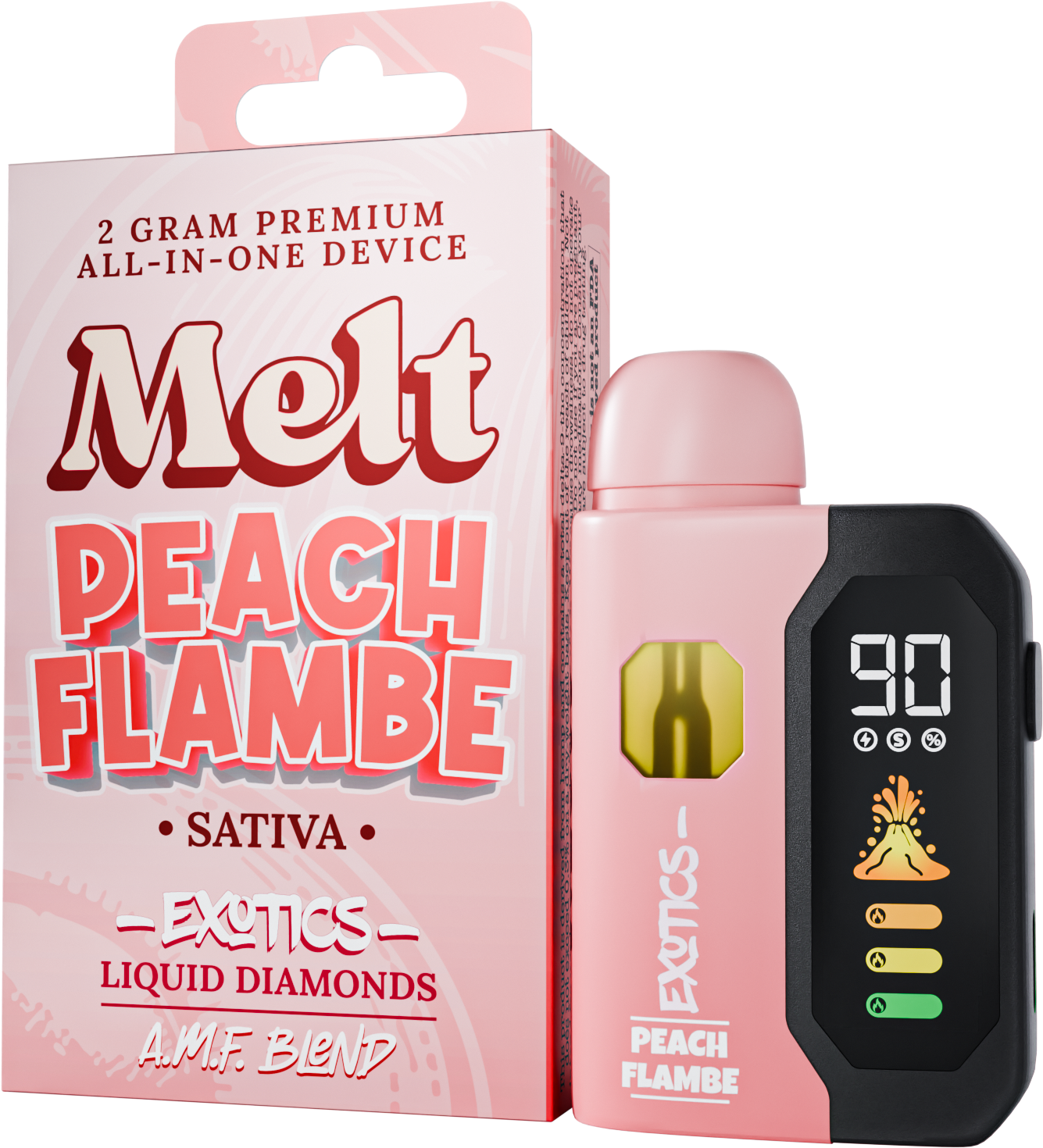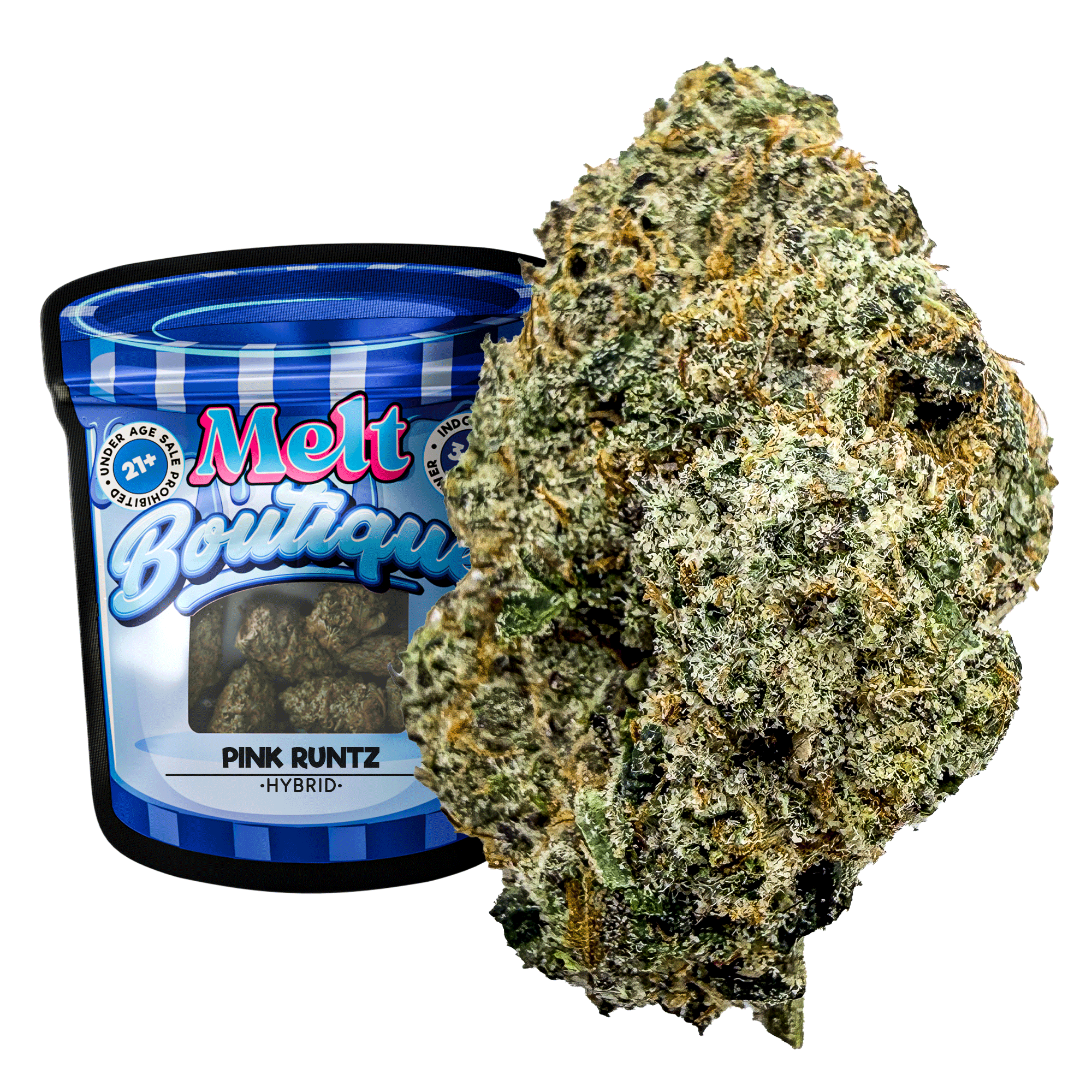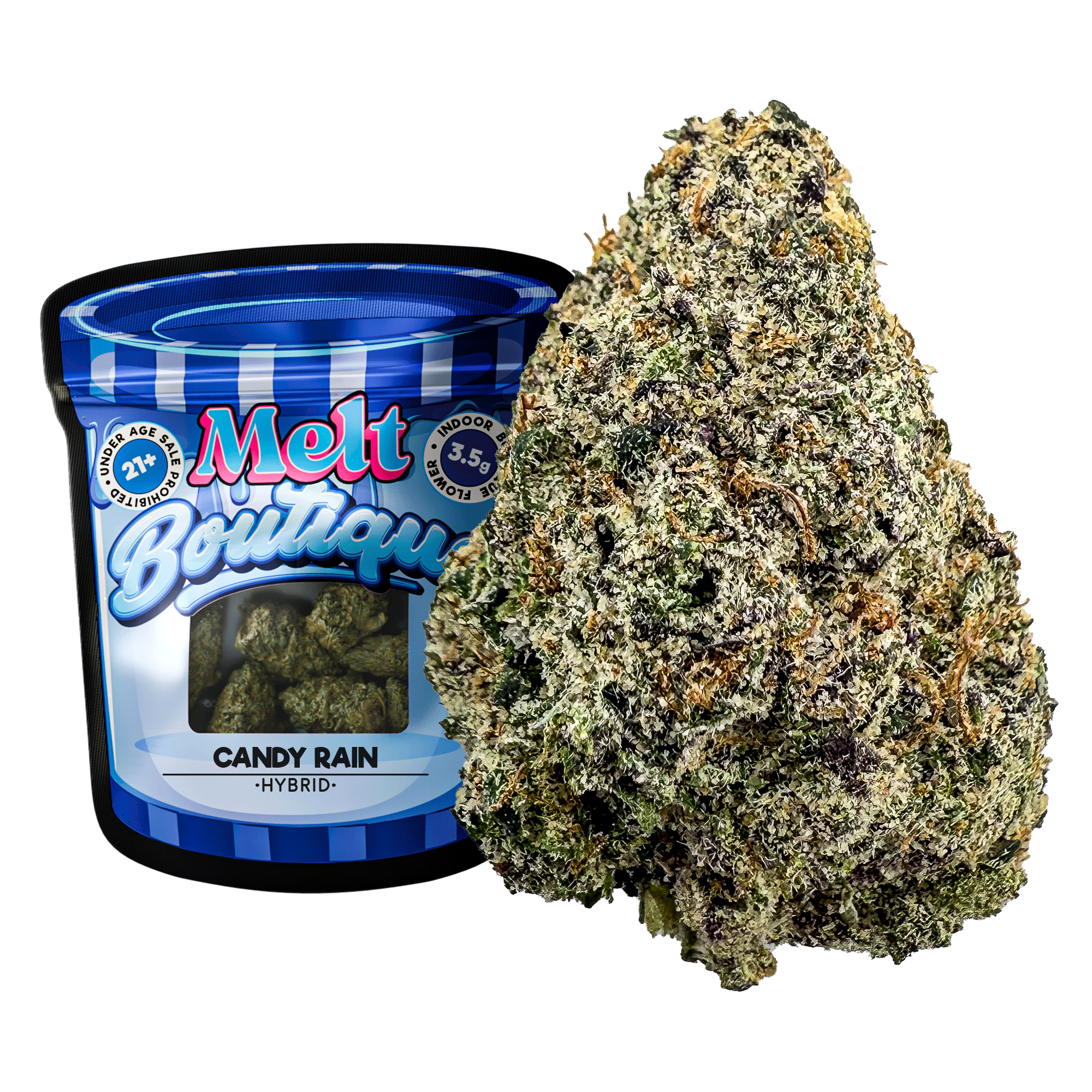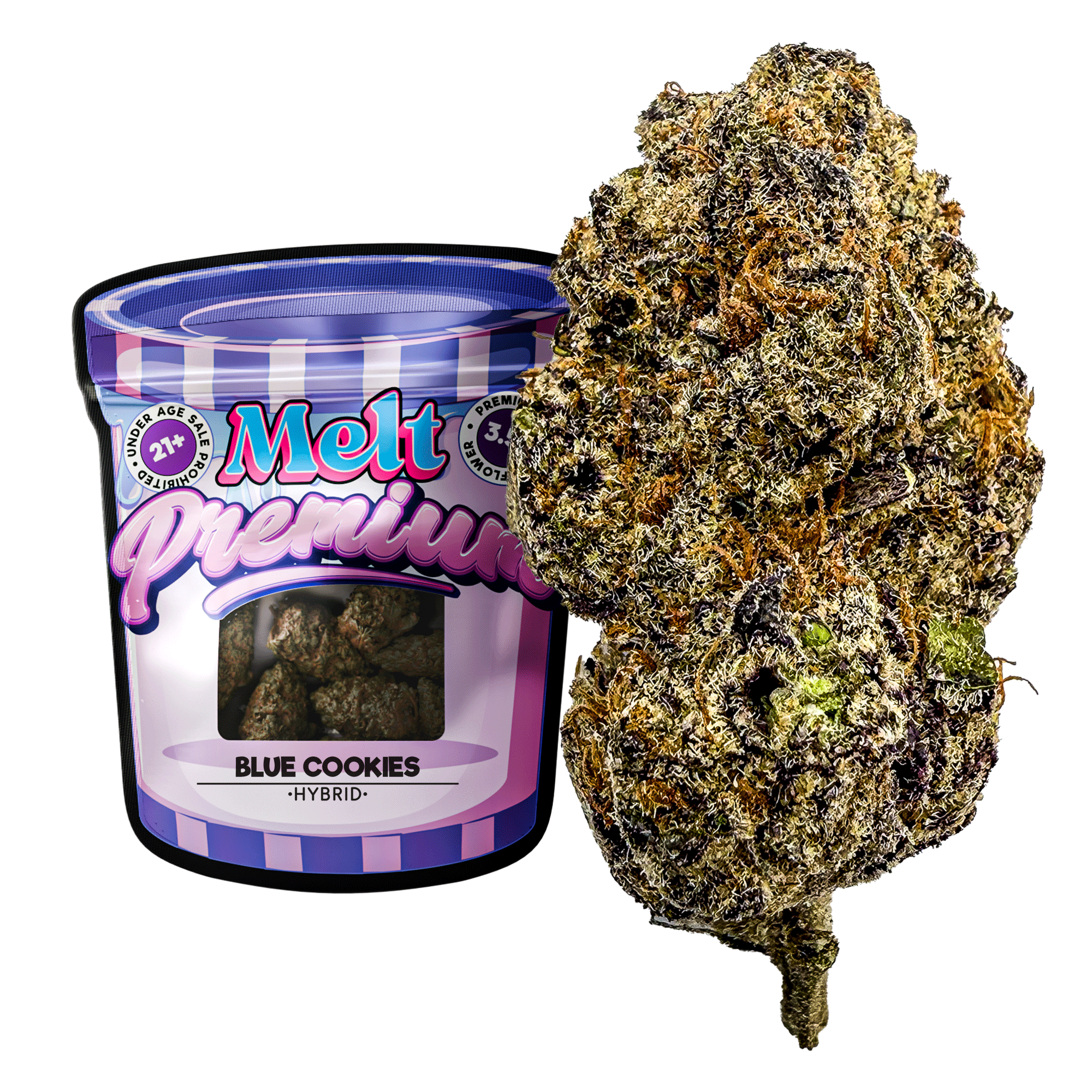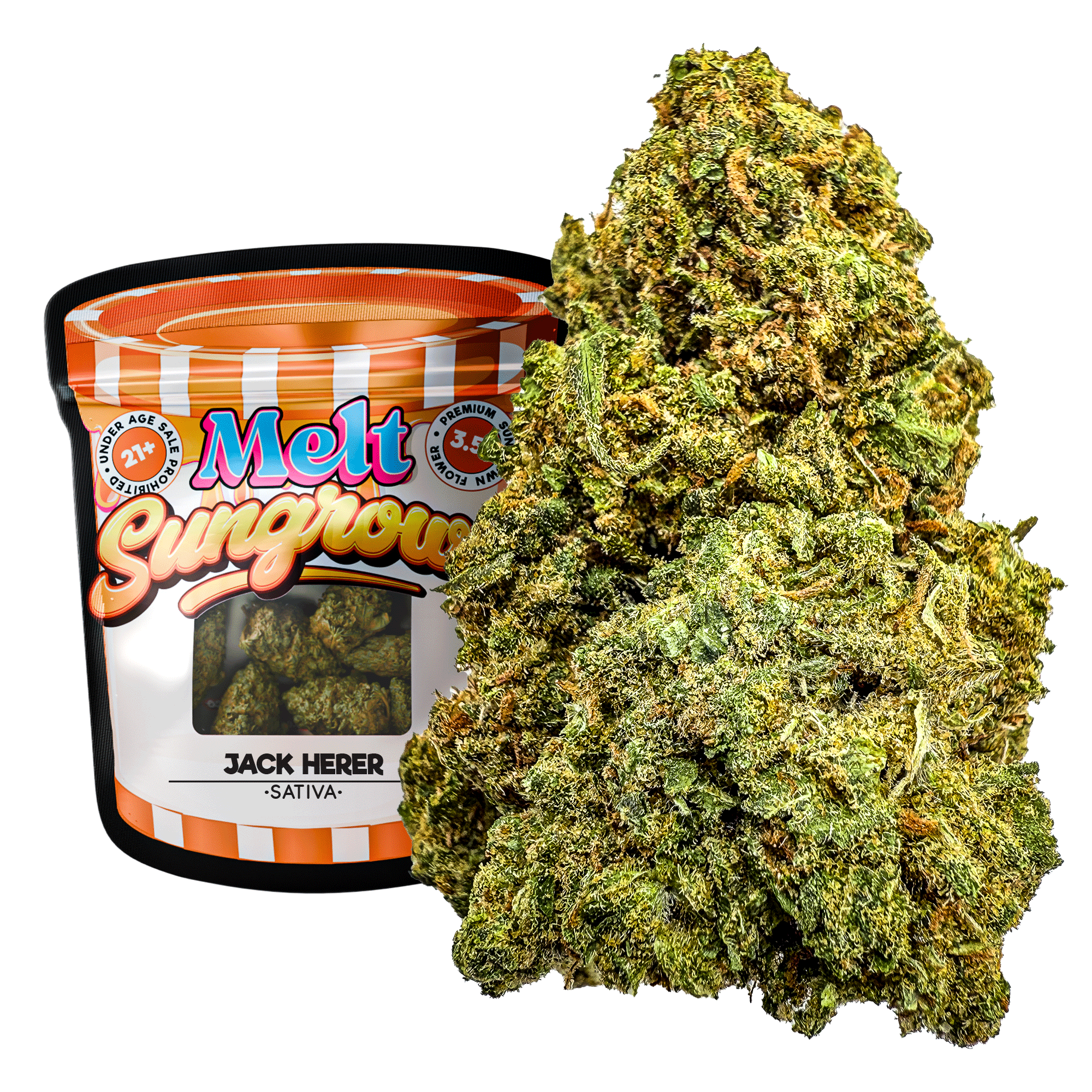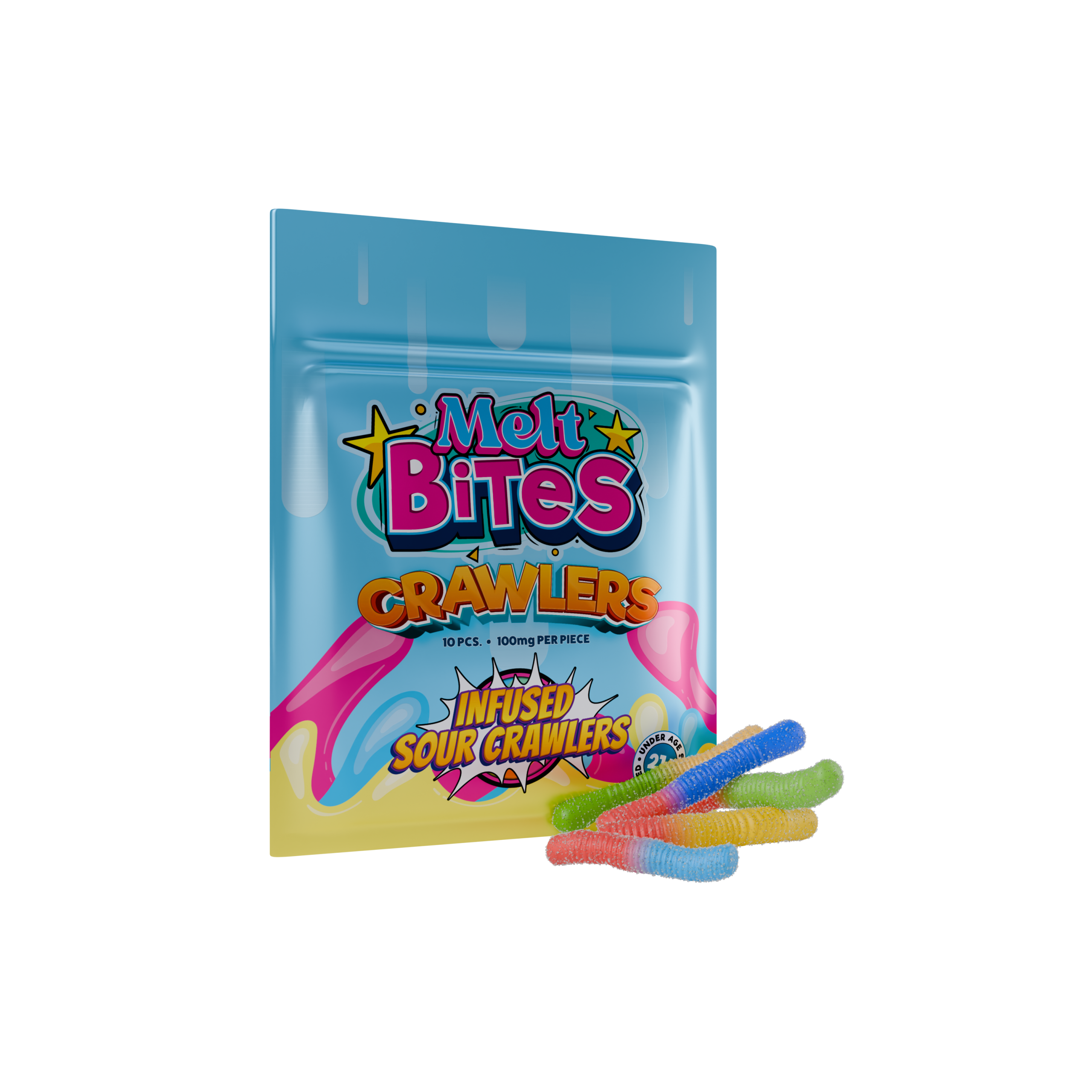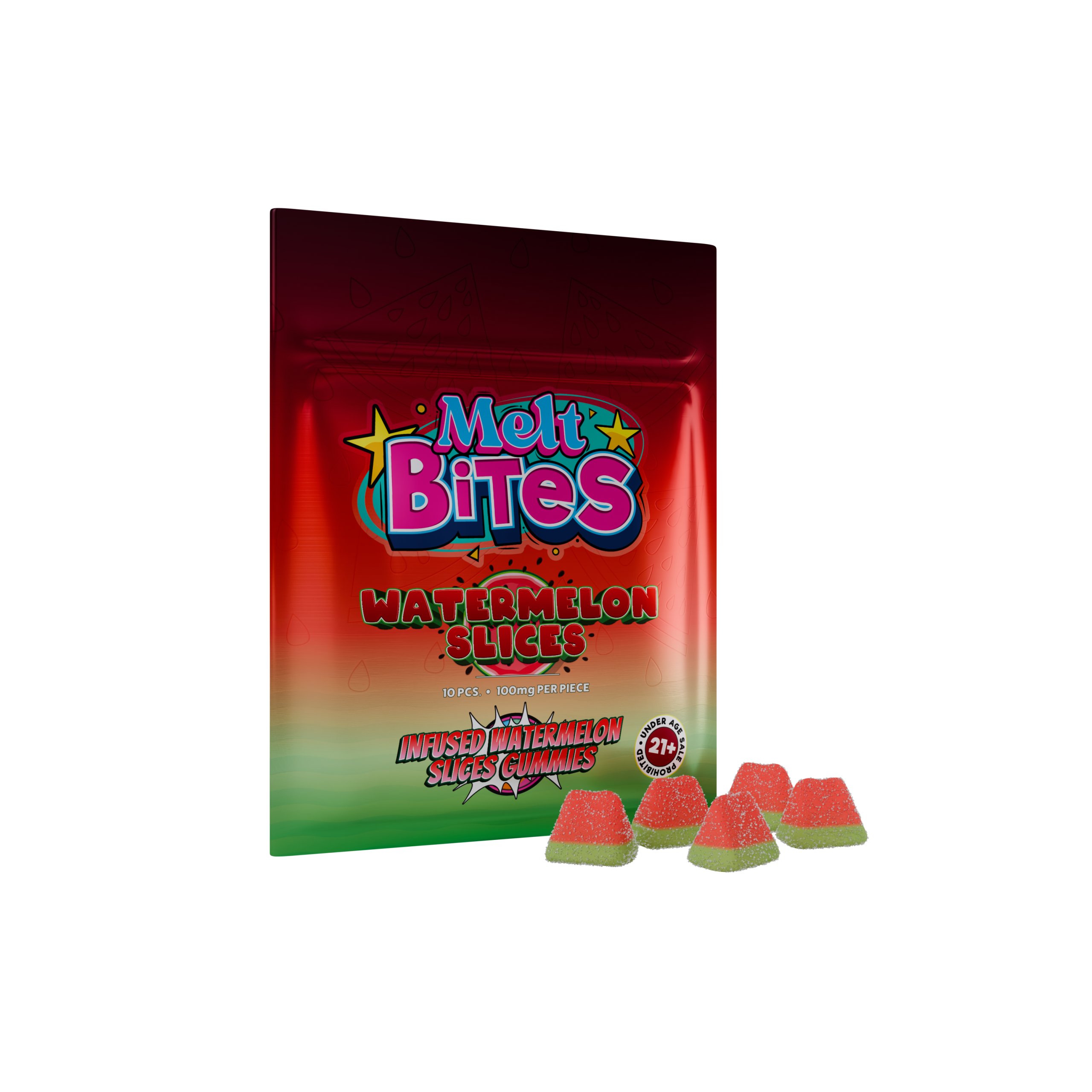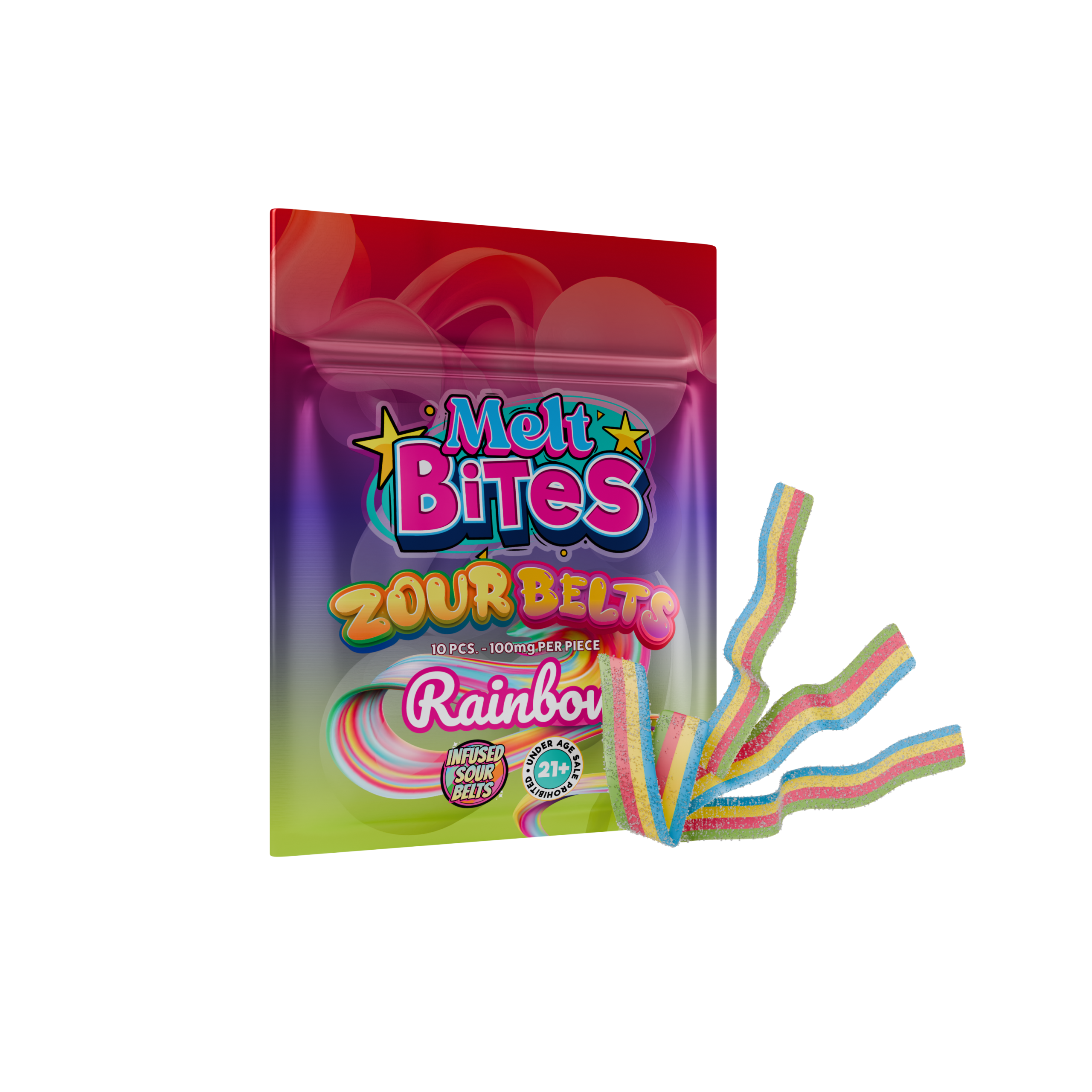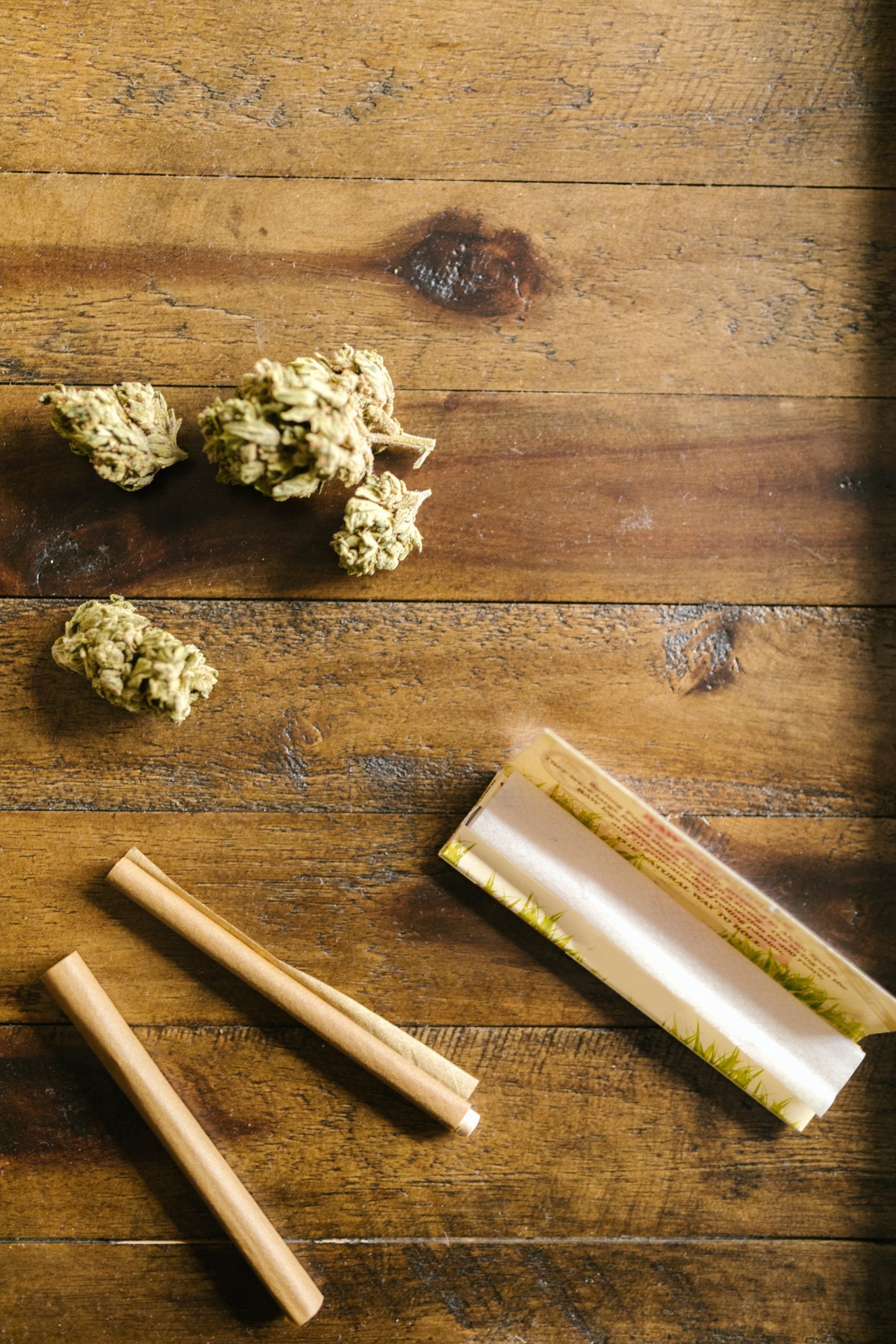

Why are THCA flowers so Popular?
For the majority of cannabis enthusiasts, THCA flower is a familiar companion. Indeed, when exploring new cannabis strains and products, the emphasis on THC content often takes centre stage. Scientifically recognized as delta-9-tetrahydrocannabinol (or Δ-9-tetrahydrocannabinol), THC is the primary cannabinoid responsible for the psychoactive “high” associated with marijuana use.
In contrast, THCA (tetrahydrocannabinolic acid) is an inert cannabinoid found within the trichomes of live and freshly harvested cannabis.
To simplify, you can envision THCA as the preliminary form or “precursor” to THC, transforming into its active state through processes like decarboxylation. THCA flowers have gained immense popularity in the recent years.
Let’s take a look at what THCA flowers are and why they are so popular.
What are THCA flowers?
THCA flowers have gained popularity due to the potential health and wellness benefits associated with the cannabinoid. Here’s a comprehensive overview of THCA flowers:
THCA Content: The primary reason for cultivating THCA flowers is to harvest the THCA and THC resin produced by the trichomes on the flower’s surface. THCA is a non-psychoactive compound known for its potential therapeutic properties. The flowers contain varying cannabinoid levels, typically 10% to 20% or higher.
Low THC Levels: One of the critical characteristics of THCA flowers is their low THC content. THC is the psychoactive compound in cannabis, and hemp-derived flowers contain less than 0.3% THC, which is not enough to induce a “high” or intoxication.
Health and Wellness: THCA is believed to offer various health benefits, which include pain relief, reduced anxiety, improved sleep, anti-inflammatory effects, and potential relief from conditions like rheumatoid arthritis. Many people turn to THCA flowers as a natural alternative to pharmaceuticals.
Consumption Methods: THCA flowers can be consumed in various ways, making them versatile. These include smoking, vaporizing, infusing into oils or edibles, and brewing into teas. Smoking and vaporizing allow for rapid THCA absorption, while edibles and teas provide a slower release.
Entourage Effect: Some users prefer flowers due to the “entourage effect.” This theory suggests that the various compounds found in the whole hemp plant, including minor cannabinoids, terpenes, and flavonoids, work together synergistically to enhance the therapeutic effects of THCA.
Wide Variety: Like other cannabis strains, THCA flowers come in a variety of strains, each with its own unique flavor, aroma, and cannabinoid profile. Users can choose strains that best suit their desired effects and flavor preferences.
How to use THCA Flower?
If you want to grow your own THCA flowers, you must follow a few steps after harvest to make them ready to use.
Drying THCA Flowers
Following harvest, the flowers must be dried to eliminate excess moisture. This is typically achieved by suspending the flowers upside down in a dry, dark, and well-ventilated environment. The duration of the drying process can vary, ranging from a few days to several weeks, depending on factors like humidity and temperature.
Curing THCA Flowers
Once the flowers are adequately dried, they go through a curing process, which serves further to enrich their flavor, aroma, and potency. The typical procedure involves storing the dried flowers in a sealed container, allowing them to rest for several weeks to a few months. During this time, the flowers release moisture and reach their full potential.
After achieving complete curing, farmers use shears to trim the buds, eliminating any residual leaves or stem material. Subsequently, the flowers are prepared for distribution and are often vacuum-sealed to maintain their freshness and potency. As for the shelf life of THCA , it is worth noting that, like most products, they can expire. Nevertheless, with proper packaging and storage, THCA buds can remain viable for a duration ranging from six months to a year.
